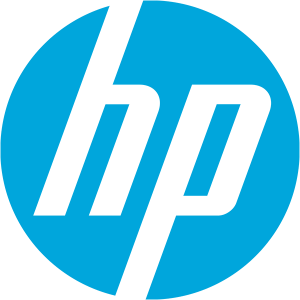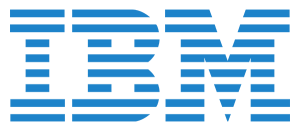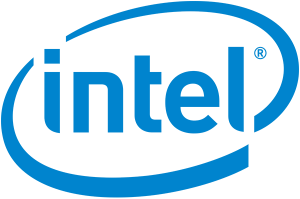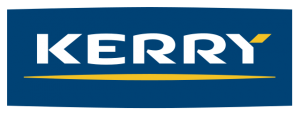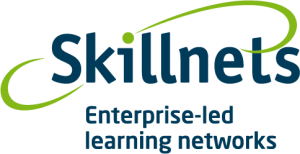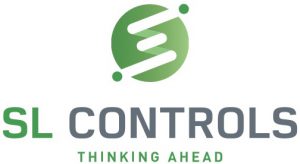Overview
This training provides a fundamental understanding of the architecture, key components, operations, and visual troubleshooting skills of Industrial Automation Systems to enable operators to engage in triage-type maintenance activities, fix many faults without maintenance involvement and escalate problems more effectively to maintenance staff.
Why Should I do this Course?
This is a great gateway course providing a strong overview of automation systems and key engineering principles. It will greatly assist your ability to communicate with colleagues on different line systems.
Module One : Introduction to Automated Production Systems
This module covers the principles of automation systems in their entirety and the roles played by different equipment categories in automated processes.
- Introduction to automation concepts and everyday automated systems.
- Architecture of production automation system - PLC, HMI, Sensors, and Actuators.
- Different types of sensor and actuator pairings
- What can go wrong and how to detect it visually.
- How error messages are triggered.
- Level 1 Troubleshooting - using visual field and logical thinking
- Power supplies - AC, DC, and circuit protection.
- Documentation resources
- Live demonstration of PLC code controlling automation system and simulation of faults.
- Logical approach to troubleshooting PLC controlled systems.
- Communication skills when escalating to maintenance.
Module 2: Control of Hazardous Energy
This module equips participants with a fundamental understanding of the key components, operations, electrical test equipment and safety protocols associated with industrial systems.
- Hazards of electricity, stored energy
- Main components in an electrical panel- Isolator, Filter, Transformers, Power Supply Unit, Contactors, Relays, Safety Relays, Estops and other safety devices.
- How to de-energise a production system or panel - different isolating devices (demo). LOTO- procedure, importance of verification of isolation. (demo)
- Principles of safety redundancy
- Single-phase motor and 3 phase motor-working and control
- Guarding Systems - light curtains, RFID swtiches, guard doors
Module 3: Digital, Analog and Vision Sensors
Participants gain a foundational understanding of what sensors are, their classifications, and their roles in automated applications and an appreciation of how to troubleshoot around sensor/actuator loops.
- Categorizing sensors as confirm or check type of monitoring
- What can go wrong when sensors fail
- Adjusting the sensitivity for robust and stable sensing.
- Differentiate Light ON and Dark ON sensors setups.
- Wiring, remote I/O blocks and connector types, confirm wired correctly.
- Interpret the meaning of the two indicating LEDs when fault-finding
- Interpret different visual indicators on the sensor actuator loop.
- Safety considerations and maintenance practices necessary for the effective and reliable use of sensors.
- •ision sensor demonstration
- Analog sensors and PLC scaling demonstration
Module 4: Pneumatic System Maintenance
This session is designed to provide participants with a comprehensive introduction to pneumatic systems. Participants will explore the fundamental principles, key components, typical adjustments and troubleshooting tips and strategies.
- Understand the critical safety considerations and best practices with a particular focus on isolation and stored energy.
- Identify standard pneumatic components and understand how they function and their setup and maintenance requirements.
- Examine real-world applications of pneumatics (Demo-connecting and working)
- Demonstrations to see pneumatic systems in action
- Learn essential maintenance practices and troubleshooting techniques.
- Flow controls, regulators, isolation, electric-dump, soft-start, limit switch adjustment.
- HMI Fault messages – make them happen on automated machine.















